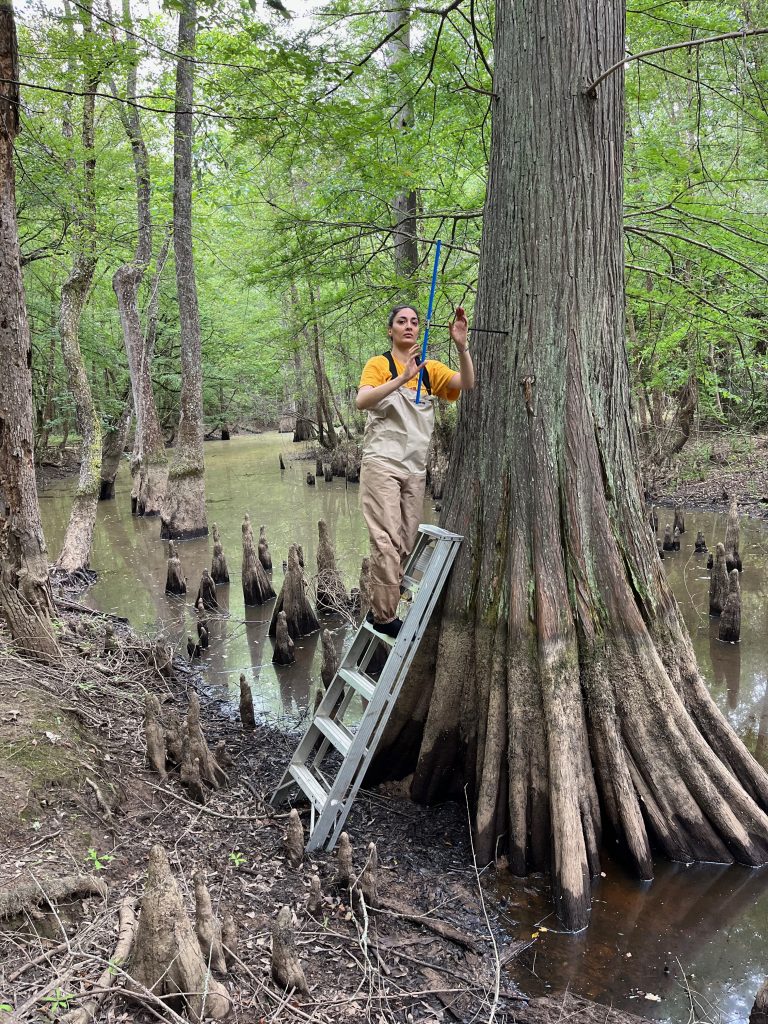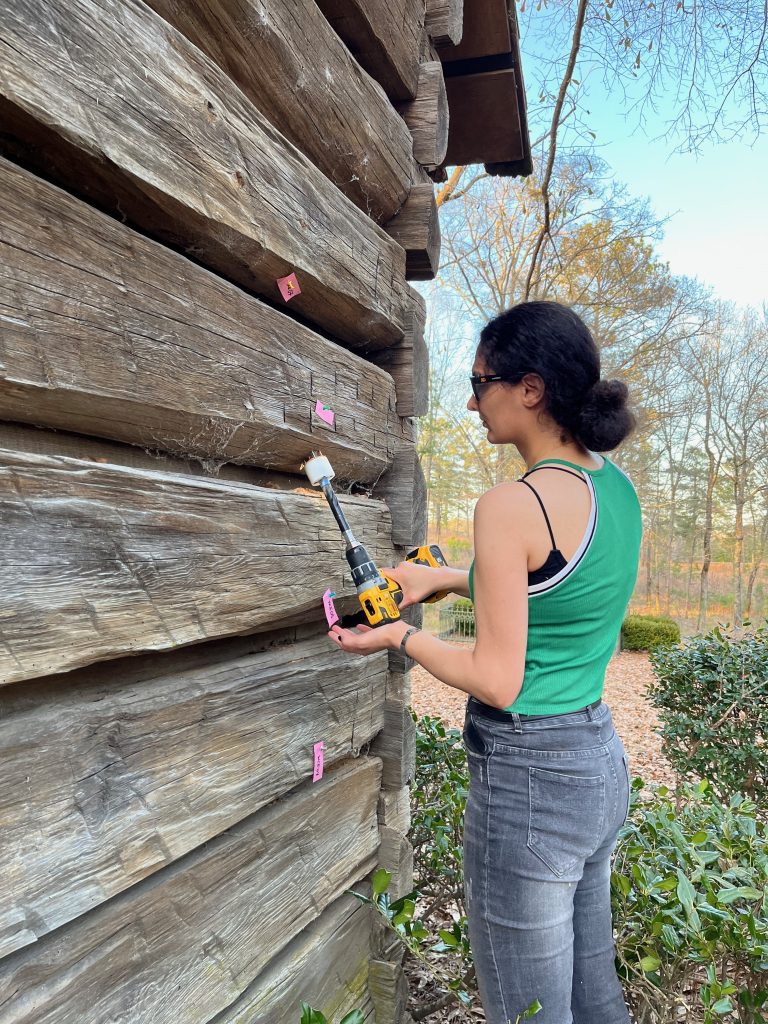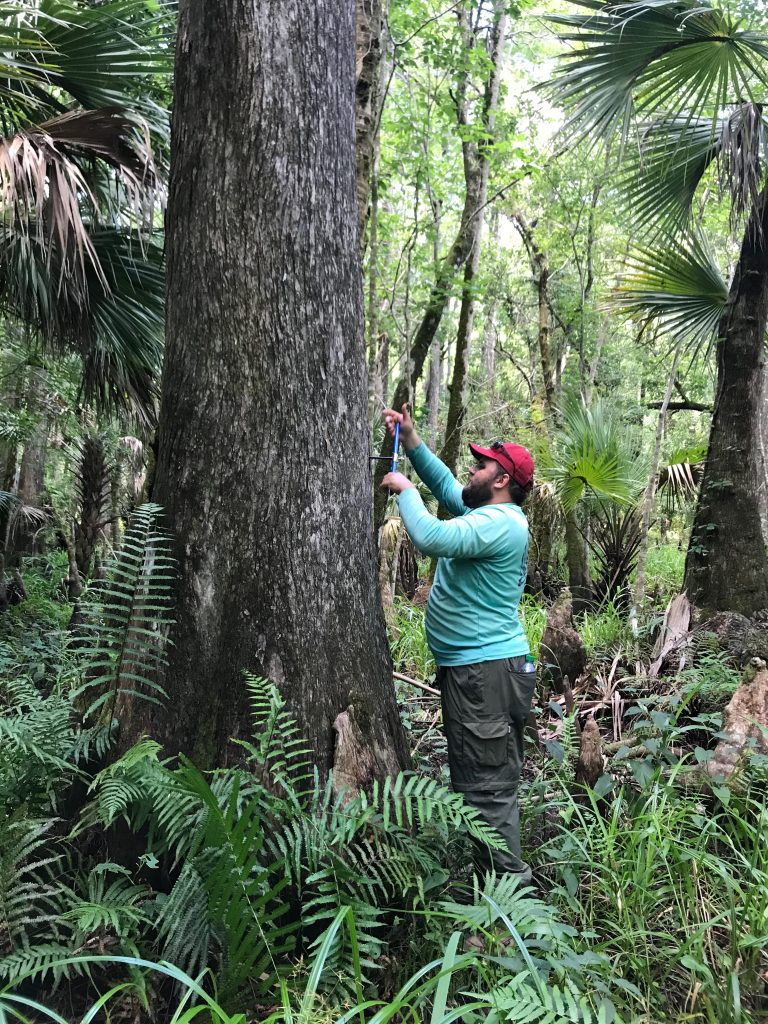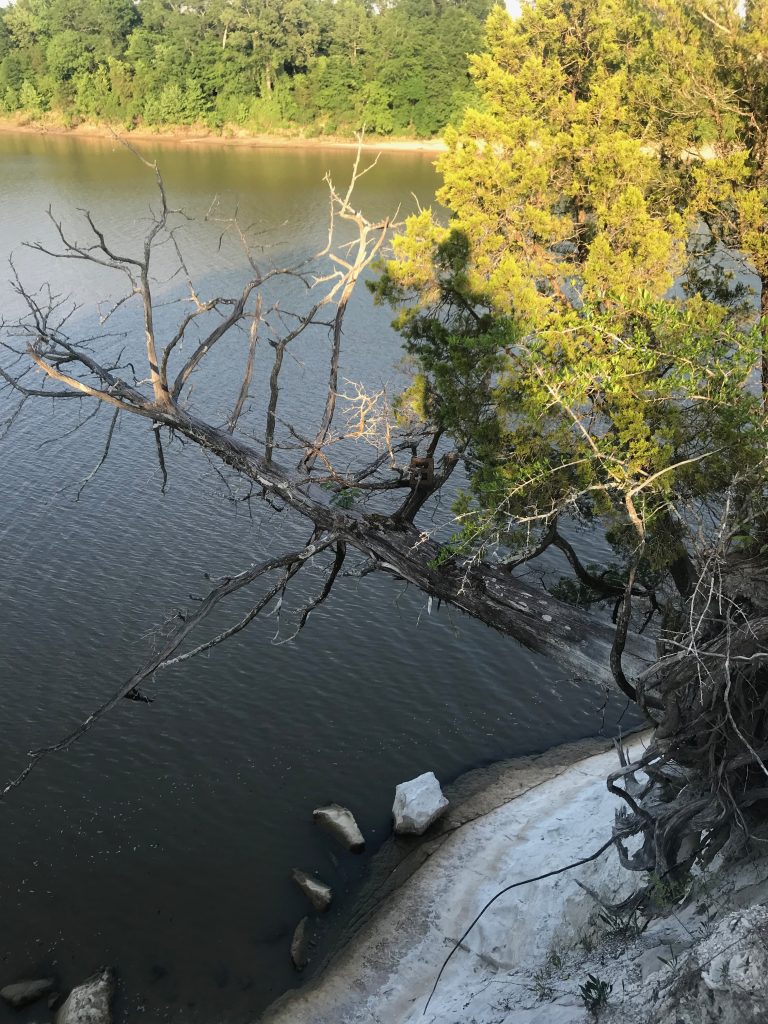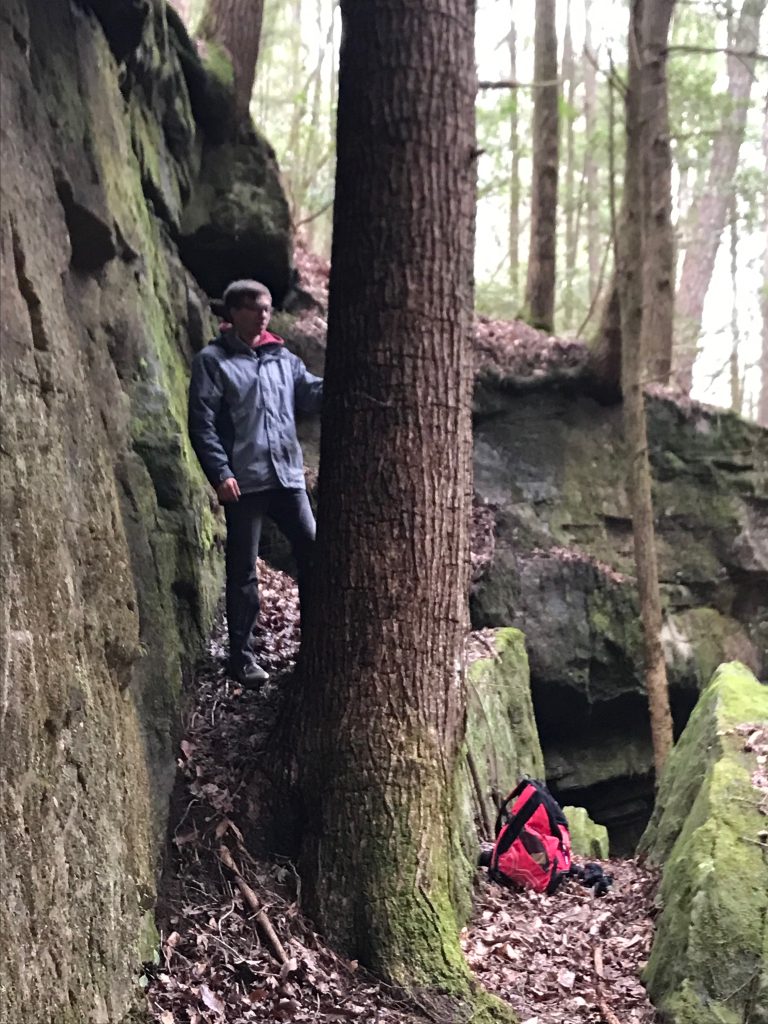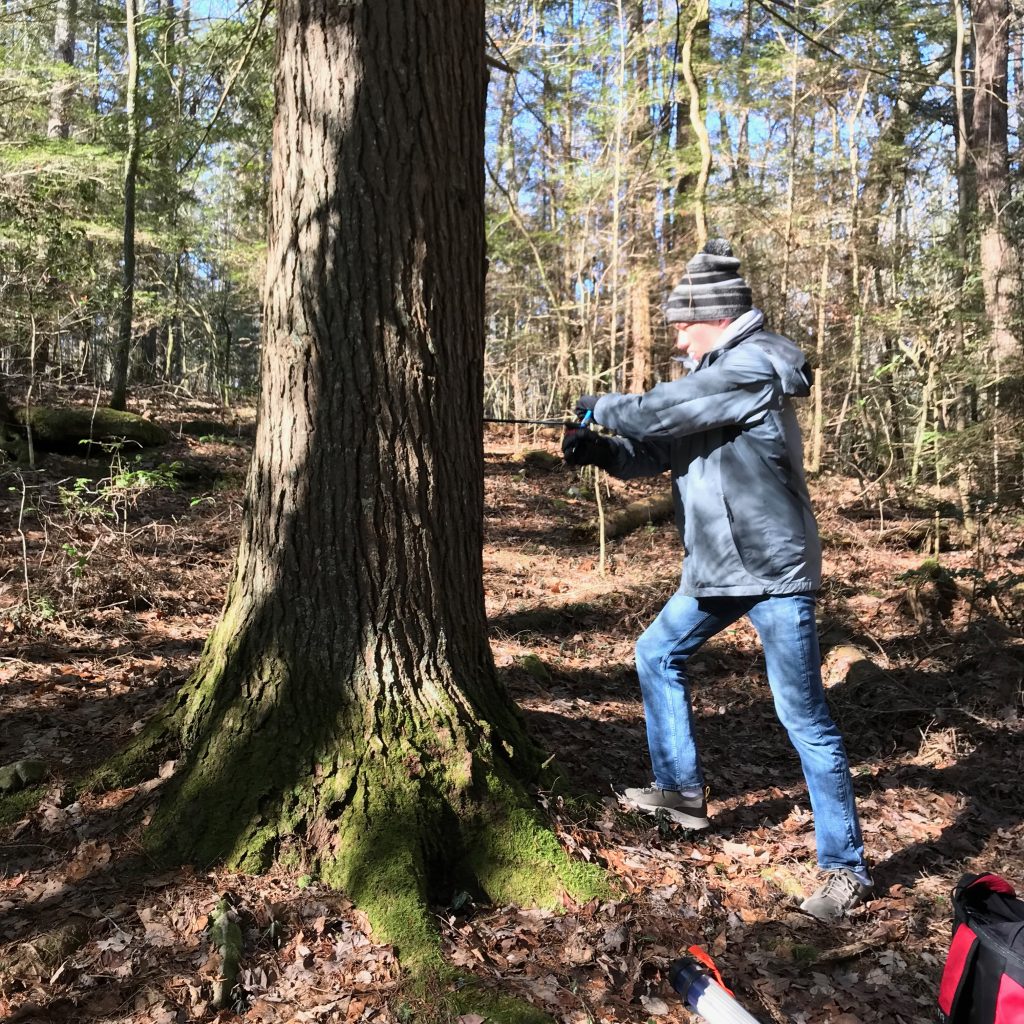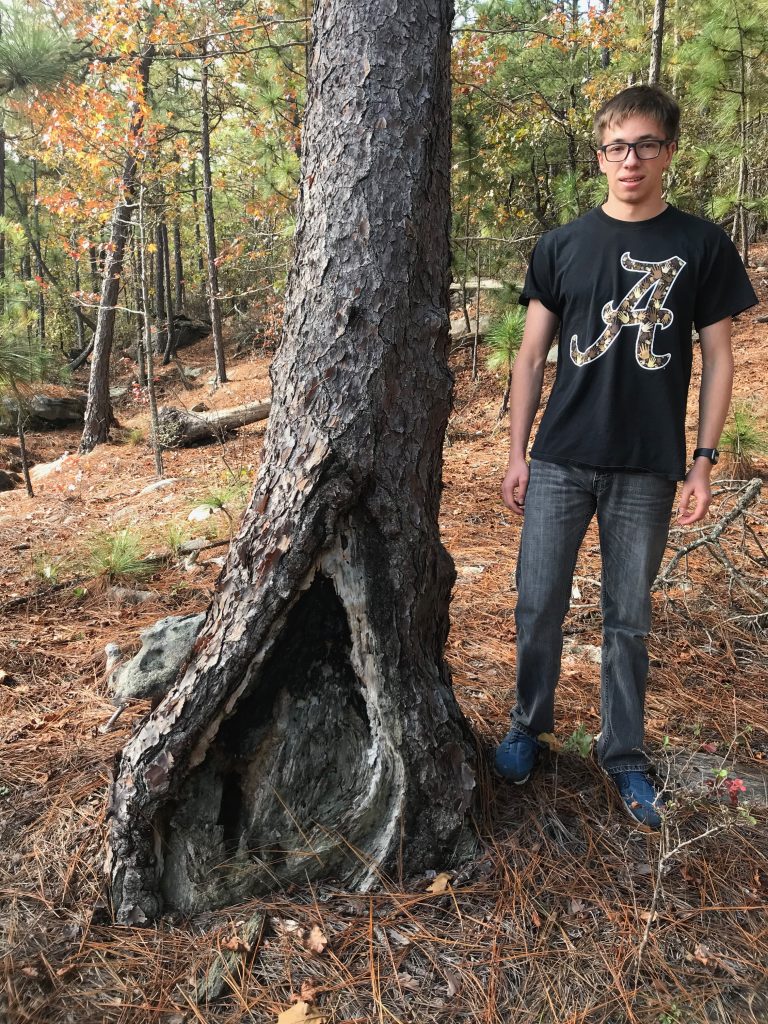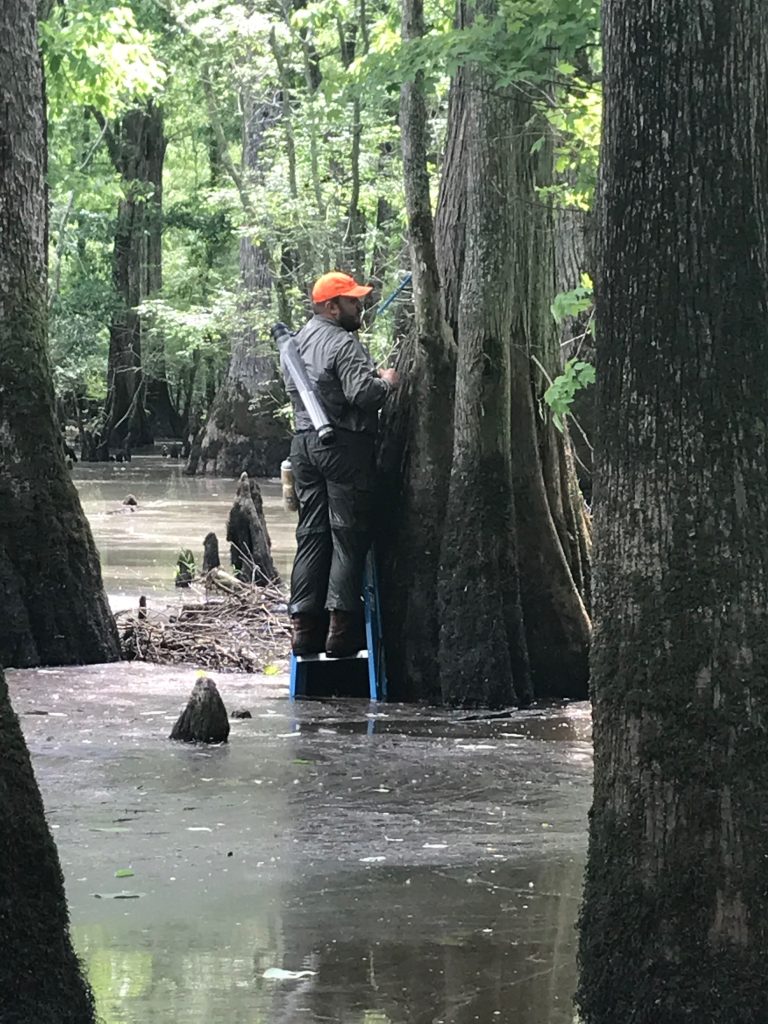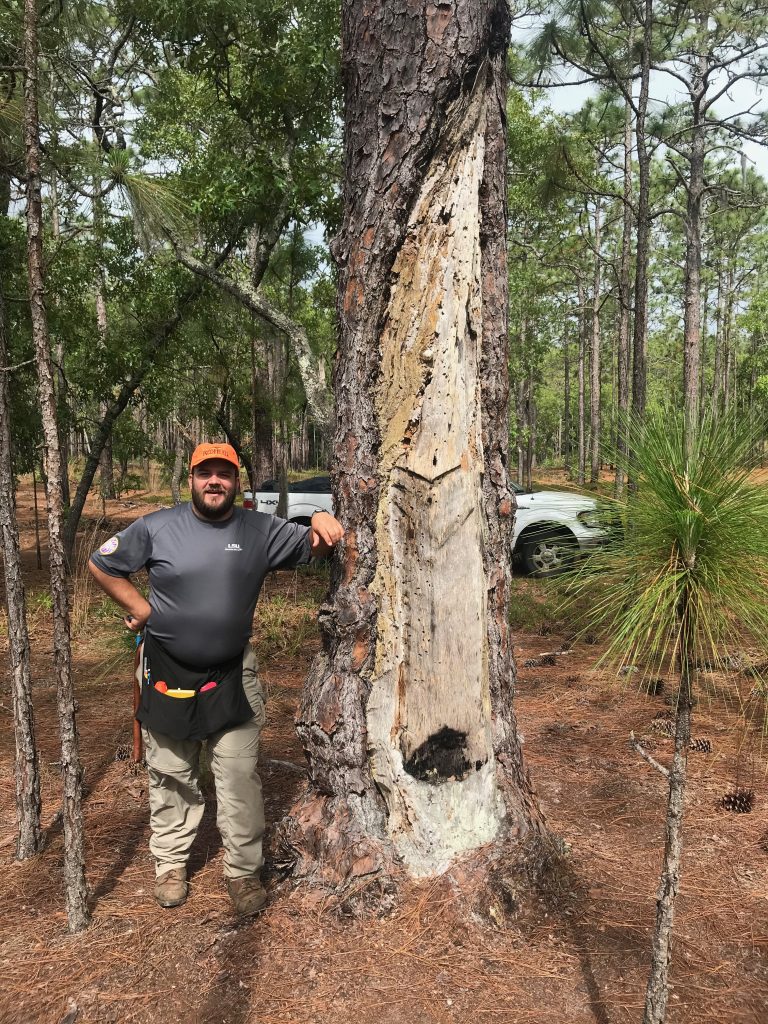Had a great time meeting up with colleagues (@MRochner86; @dendrotrog; @L_tulipifera et al.) to sample some southern Alabama log buildings the other day. We will use these collections to increase the length of regional long leaf pine chronologies and hopefully provide some information about the construction history of these early Alabama structures. We cored log structures at the Wehle Tract (an Alabama Forever Wild property), the Loachapoka Pioneer Park, a private residence in Montgomery and Popes Tavern and the Karsner-Carroll […]
Read More from Great time coring southern Alabama log buildings!
